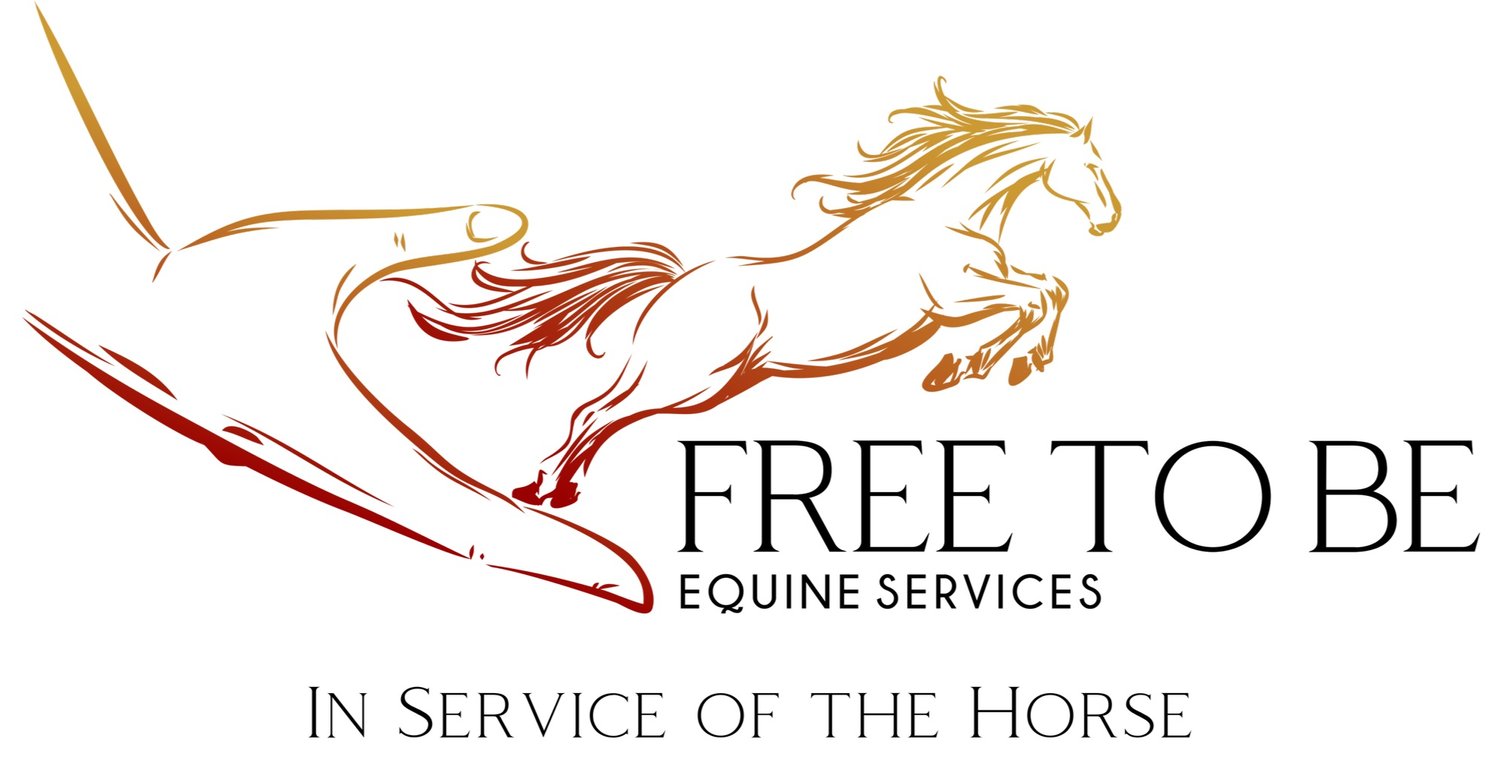Since I began my equine therapy education 10 years ago, I have slowly added various tools to my "kit" of bodywork methods. I wish to do my best to provide something that will be helpful for most horses that I am brought out to see. All of these tools have a place in my practice - massage, myofascial release, red light, kinesiology tape, balance pads, etc. Craniosacral therapy, however, gave me much more than just tools to work with.
If you've been with me for a while, you have undoubtedly noticed how much my sessions have changed over the last several years that I've been studying equine craniosacral therapy. Like the name suggests, CST has a focus on the cranium, sacrum, and the connections between them - spinal column, pelvis, nerves, fascia, and membranes. What is so effective about working with these central structures is that by doing so, we affect not only the central nervous system, but also the peripheral - nerves and blood supply to the organs, the limbs, joints, ligaments and tendons, muscles, fascia, and the bones themselves. Signals to and from the brain to every structure in the body. Craniosacral therapy has allowed me to feel and communicate with the horse's body in its entirety as one unit.
CST has given me a whole new way of working with horses' minds and bodies. Embodiment of the necessity of consent from the body and appreciation of its ability to self regulate and heal. It has refined my palpation, deepened my listening, and opened my mind. It has given me a map to the trails of root cause vs. compensation. CST is a marriage of discernment and intuition; of anatomical understanding and observation of the mysterious.
Massage, myofascial release, chiropractic, acupuncture, osteopathy, craniosacral, and so on are all various forms of manual therapy or "bodywork". They have many differences in their methodology, how they are applied, what structures they are targeting, and who practices them. Education can vary substantially in terms of duration or quality of available courses.
What all of these therapies have in common is that they are all interacting with the nervous system and providing novel sensations to the body. Because this is provided in such vastly different ways by these various methods, bodies can respond very differently to one over the other. Since every body is an individual, no horse is going to react quite the same way. Listening to your horse with an open mind, and finding competent and educated practitioners, is necessary to guide your decision as to what your horse needs for support.
I chose to pursue an education in craniosacral therapy because of how I came to appreciate its effectiveness, gentleness, and the depth of what it can provide for a horse's well being - so much more so than what I'd learned in the past. I hope this post can shed a light on the reasons behind that, and why it stands out in the world of equine therapy.
Equine Craniosacral Therapy - How is it Different?
How is equine craniosacral therapy the same or different from other equine therapy methods?

